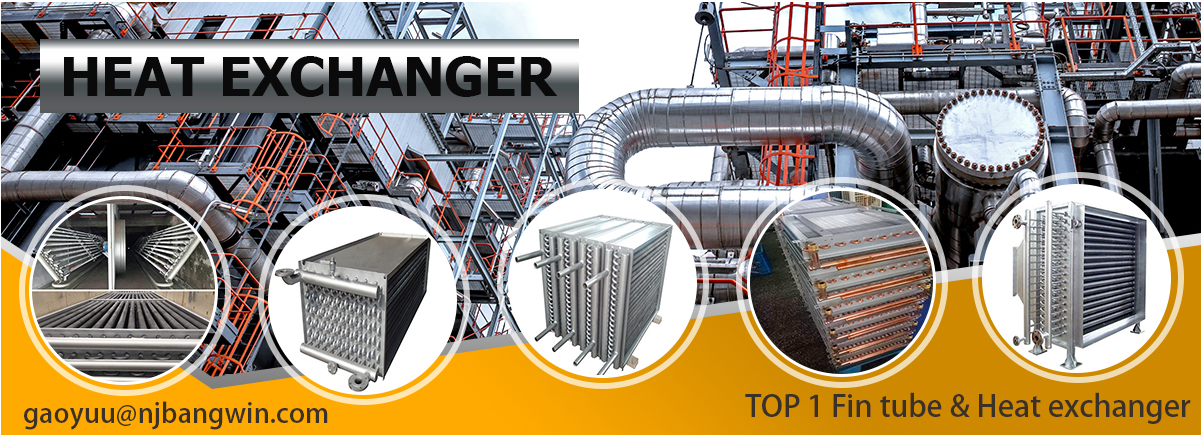
Inhaltsübersicht
- Einführung
- Was ist ein Plattenwärmetauscher?
- Beschreibung des Produkts
- Wesentliche Merkmale
- Technische Details
- Vorteile
- Anwendungen
- FAQs
- Einführung
Die Plattenwärmetauscher (PHE) is a type of heat transfer equipment that efficiently transfers thermal energy between two fluids without mixing them. It features a compact design, easy maintenance, and high thermal performance.
2. Was ist ein Plattenwärmetauscher?
A Plattenwärmetauscher is composed of a set of thin, corrugated plates that are stacked and held together by frame gaskets and clamps. The hot and cold fluids alternate in the channels formed between the plates and exchange heat through the plate surfaces.
3. Produkt Beschreibung
- Frame: Carbon steel or stainless steel
- Plates: High-quality stainless steel (SS304, SS316L)
- Gaskets: NBR, EPDM, or Viton (depending on the fluid type)
- Connections: Threaded, flanged, or clamp-type connections
4. Hauptmerkmale
- High thermal efficiency (up to 95%)
- Compact and space-saving design
- Easy disassembly and cleaning
- Flexible capacity with modular design
5. Technische Einzelheiten
- Working pressure: Up to 25 bar
- Temperature range: -20 °C to 180 °C
- Plate thickness: 0.4–6 mm
- Heat transfer area: Customizable based on application
6. Vorteile
- Energy-efficient operation
- Lower installation and maintenance costs
- Fast heat recovery and response time
- Adjustable to varying flow rates
7. Anwendungen
- HVAC systems (chillers, district heating)
- Chemical and petrochemical plants
- Food and beverage pasteurization
- Pharmaceutical production
- Power plant cooling systems
8. FAQs
Q1: How often does a Plattenwärmetauscher need to be cleaned?
A: Usually once or twice a year, depending on fluid quality and operating conditions.
Q2: Can a Plattenwärmetauscher handle corrosive fluids?
A: Yes, with appropriate material selection (such as titanium or special stainless steel).
